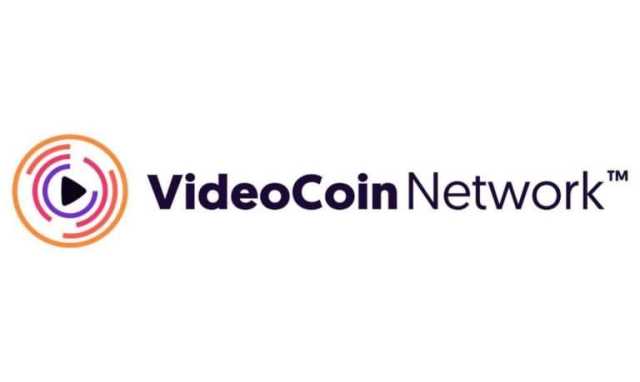
On August 26, the market cap for stablecoins soared to a record $170 billion, surpassing the previous high of $167 billion set in March 2022. This boost in stablecoin value has been a major factor in Bitcoin’s recent rise to $65,000. CryptoQuant analyst theKriptolik reports that stablecoin exchange inflows have dropped to near all-time lows, signaling a potential for further price declines before investors might start buying again. This trend indicates a lack of confidence among investors regarding the end of Bitcoin’s recent downturn.
What Are the Advantages of Stablecoins?

However, critics of USDC say that it is highly centralized and therefore not free from regulatory control by the government or another entity. Indeed, USDC is one of the few stablecoins that can also blacklist wallets – meaning that the government could potentially suspend your tokens if it has reasons to suspect you’re up to no good. With so many different stablecoins available to choose from, new investors can have a tough time settling on which one to use. For many users, the choice of stablecoin is all a matter of balance, keeping in mind aspects such as decentralization, stability, permissionless-ness, and freedom from rules and regulations.
Seigniorage-style/algorithmic stablecoins (not backed)
“Our journey towards increased transparency is not finished yet,” Paolo Ardoino, Tether’s chief of technology, stated in April, pledging he would continue to assure the market that Tether is dependable. So why would you want to invest in a volatile-free asset that is designed not to increase in value? If you’re a developer and want to integrate Chainlink into your smart contract applications, check out the developer documentation or reach out to an expert.
United States: Stablecoin Trust Act
- New GDCs can be minted using ETH, BTC, PAXG, and many other liquid cryptocurrency tokens, including the platform’s native GTON governance token, as collateral.
- Stablecoins are an integral part of the cryptocurrency and Web3 ecosystem and account for a significant portion of its trading volume and underlying economic activity.
- The idea is that, unlike cryptocurrencies like Bitcoin, stablecoins’ prices remain steady, in accordance with whichever fiat currency backs them.
- An estimated $60 billion was wiped out during the collapse, sparking regulatory action and panic among investors and global regulators.
- Chainlink oracles can provide reliable and high-quality price feeds that the stablecoin index smart contracts can reference when calculating how to rebalance the index.
- Another challenge the crypto industry faces is that it’s relatively slow and expensive to convert dollars into crypto, and vice versa.
- For example, you could convert your Bitcoin to USDT, a Stablecoin pegged to the US dollar, and it would remain on the exchange you’re using and maintain its value.
However, this option is usually limited to bigger investors like financial institutions. Adam Hayes, Ph.D., CFA, is a financial writer with 15+ years Wall Street experience as a derivatives trader. Besides his extensive derivative trading expertise, Adam is an expert in economics and behavioral finance. Adam received his master’s in economics from The New School for Social Research and his Ph.D. from the University of Wisconsin-Madison in sociology.
New GDCs can be minted using ETH, BTC, PAXG, and many other liquid cryptocurrency tokens, including the platform’s native GTON governance token, as collateral. Ardana uses unique smart contracts known as Collateralized Debt Positions to create new tokens. Once minted, dUSD can be sold on the open market, giving other users access through brokers and crypto exchanges, or used as a means of payment. It is also worth mentioning that a newer kind of stablecoin, called Fractional Algorithmic Stablecoins or Hybrid Stablecoins, was introduced. These are partially backed by collateral and partially stabilized algorithmically.
- Stablecoins attempt to bridge the gap between these stable options and cryptocurrencies, which have shown volatility but offer greater utility benefits.
- On the other, they try to reflect the value of real-world assets like the US dollar.
- Ripple’s plans to launch a stablecoin come as it is starting to attract clients from the Western …
- For example, you can purchase tokens pegged to the dollar, euro, yen, and even gold and oil.
- For others, it was aiding money transfers through its RippleNet service, which saw traditional cross-border payment infrastructure, often known as rails, replaced with a combination of the company’s blockchain and cryptocurrency.
- The algorithm desperately minted billions of LUNA in an effort to maintain the peg, but it was unable to keep up.
- Gold has long been seen as a hedge against stock market volatility and inflation, making it an attractive addition to portfolios in fluctuating markets.
One key indicator to monitor is the flow of stablecoins into exchanges. Normally, after a sharp drop in Bitcoin’s price, investors who see the market as undervalued will transfer large amounts of stablecoins like USDT or USDC onto exchanges. This usually results in a rapid increase in Bitcoin’s price due to rising demand from new purchases. Greater industry support what is a stablecoin for stablecoins, as well as Ripple’s move back into this Western enterprise space with an all-in-one solution, is likely to help drive greater adoption. How much of the world’s cross-border payments infrastructure could ultimately be underpinned by the technology, however, is unclear. It certainly won’t be all, but it may ultimately be a significant amount.
The future of stablecoins
- NerdWallet does not and cannot guarantee the accuracy or applicability of any information in regard to your individual circumstances.
- Examples of fiat-backed stablecoins include Tether (USDT) and USD Coin (USDC).
- Rather, they are designed to maintain their peg to an asset through complex algorithms that automatically control the token supply.
- People also started moving to other stablecoins like USDC as there were plenty of scandals regarding USDT, suspicion, and accusations that Tether did not hold adequate reserves to back all the USDT in circulation.
- PoR can also provide collateralization data regarding any type of pegged asset, including alternative fiat currencies or commodities like gold, increasing the transparency of any token protocol utilizing this mechanism.
- You can mitigate risks by diversifying your portfolio, but make sure to do your own research before investing or trading, and don’t invest more than you can afford to lose.
